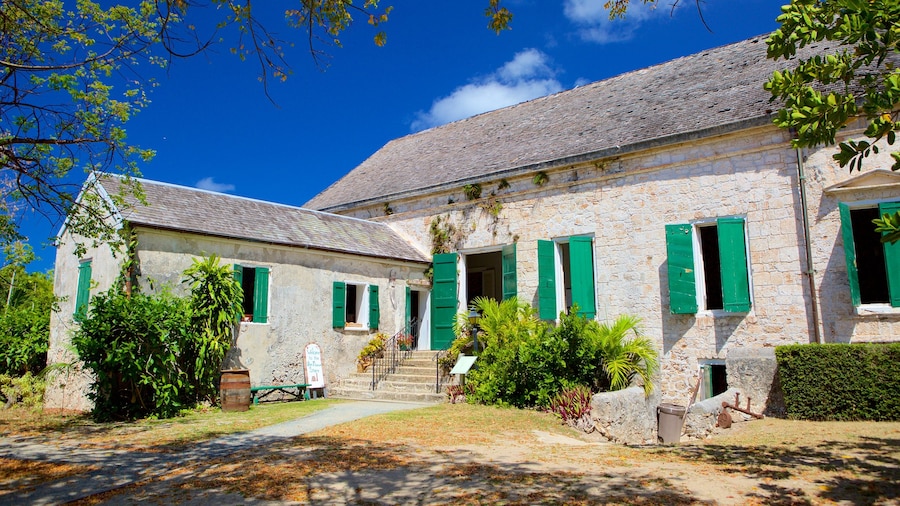Once an important defensive stronghold, this atmospheric fort now houses a museum dedicated to the island’s enthralling history.
Wander around the courtyard of Fort Frederik and admire the colourful façade and arched portals. Discover how this fort played a pivotal role in the collapse of the slave trade and venture outside for a view out over the town’s sweeping harbour.
Built by the Danish during the mid-18th century, the fort was erected to provide protection from pirates and European enemies. The bright red-brick exterior is very eye-catching, especially when seen next to the green, leafy trees that border the fort on either side.
Walk through the main entrance into the cobbled courtyard. As you explore, ponder the historical events that took place on this site. In 1848, several thousand slaves marched through town demanding their freedom this fort is where they were emancipated by Governor-General Peter von Scholten later that same year. The island’s famous labour riots, known as “Fireburn,” also took place here 30 years later.
Make your way to the rooms formerly used as living quarters by Danish soldiers. Exhibitions here tell the story of slavery and the sugar cane industry in vivid detail. Find out what life was like for a slave working on a plantation and learn about the events that led to emancipation.
Other displays are more modern in their focus. Marvel at a pretty collection of sea glass as well as a display of works by local artists.
Head outside onto the fort’s upper level to enjoy the sea vistas. Stand between the cannons that point out to the ocean and watch as cruise ships slowly coast toward the busy port. Don’t leave without browsing the handmade crafts and jewellery of the gift shop.
Find Fort Frederik beside the pier at the northern end of Frederiksted. Opening days vary so check ahead before you go. Generally, the museum is usually open Monday through Friday, and sometimes on Saturdays too when a cruise ship is due in port. A small entry fee is required to enter.











